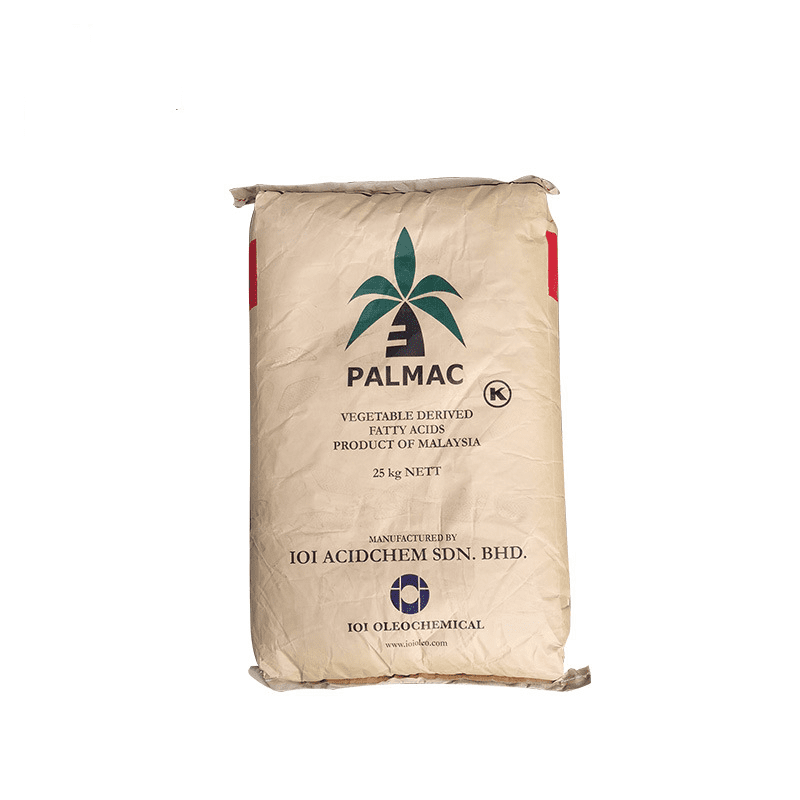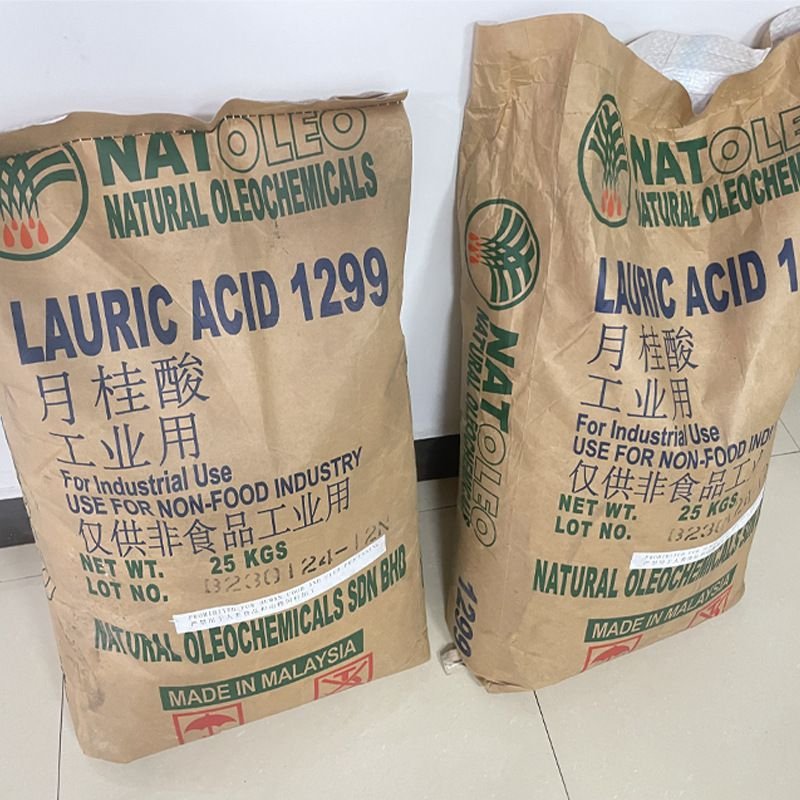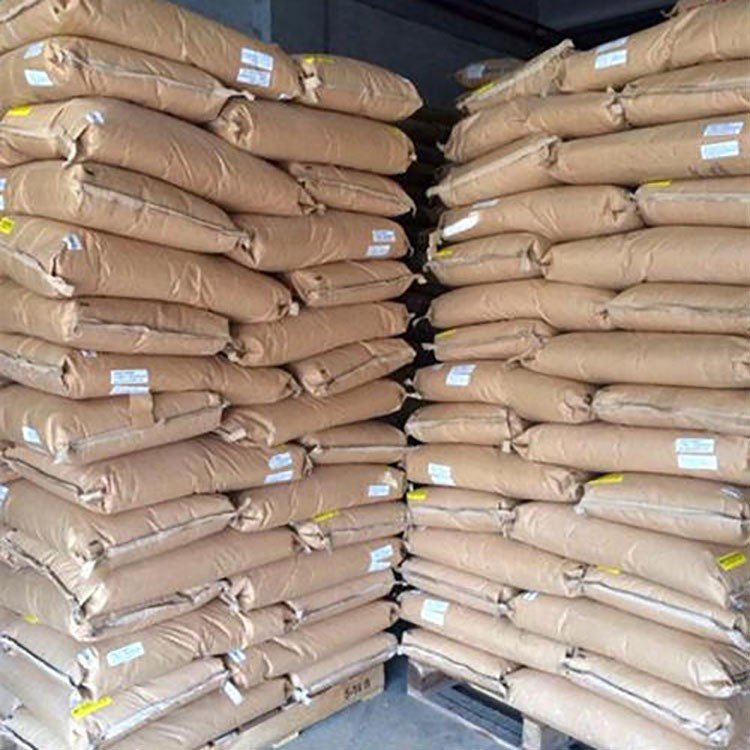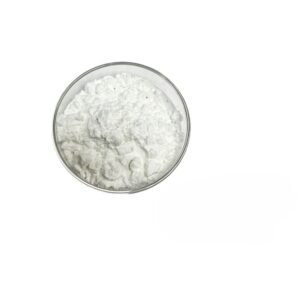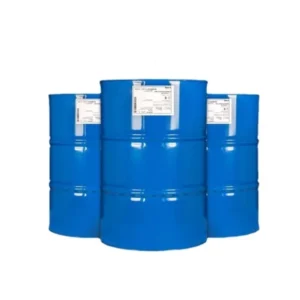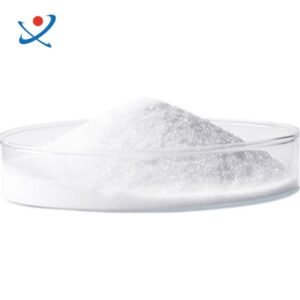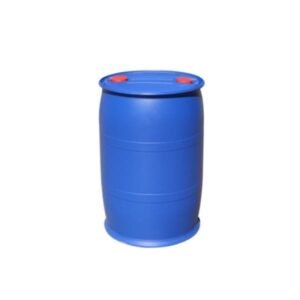| Advantages * PhD research and development team * Frontline production,optimal price * 24/7 online customer service * Professional after-sales engineer online service |
| CAS No. | 143-07-7 | MF | C12H24O2 |
| EINECS No. | 205-582-1 | FEMA No. | 2614 |
| Place of Origin | Anhui, China | Type | Synthetic Flavour & Fragrance |
| Usage | Food Flavor | Purity | 93% |
| Brand Name | XuChen | Model Number | HB-A5021 |
| Product Name | Lauric Acid | CAS | 143-07-7 |
| EINECS | 205-582-1 | FEMA | 2614 |
| Color | White needle shaped crystal | Form | crystal |
| density | 0.883 g/mL at 25 °C (lit.) | Delivery time | 5-7Days |
| Sample | Availiable | OEM ODM | supported |
Lauric acid, also known as dodecanoic acid, is a medium-chain saturated fatty acid with the chemical formula $$C_{12}H_{24}O_{2}$$ and a molecular weight of approximately 200.32 g/mol. It is commonly found in coconut oil and palm kernel oil, where it constitutes a significant portion of the triglycerides present. Lauric acid is recognized for its various applications in both food and industrial sectors.
Chemical Properties
CAS Number: 143-07-7
Molecular Formula: $$C_{12}H_{24}O_{2}$$
Molecular Weight: 200.32 g/mol
Appearance: Lauric acid typically appears as a white crystalline powder or solid.
Uses and Applications
Lauric acid has a range of uses, including:
Food Industry: It is used as a vegetable shortening and is a common ingredient in many processed foods due to its stability and flavor.
Cosmetics and Personal Care: Lauric acid is utilized in the production of soaps, shampoos, and other personal care products due to its emulsifying and surfactant properties.
Medical Applications: While lauric acid is often touted for its potential health benefits, including antimicrobial properties, the scientific evidence supporting its effectiveness for treating various viral infections (such as influenza and herpes) is limited. It is also studied for its role in drug delivery and tissue engineering.
Health Considerations
Although lauric acid is commonly consumed in foods, there is insufficient reliable information regarding its safety when used in larger medicinal amounts, especially during pregnancy and breastfeeding. It is advisable to adhere to dietary amounts unless otherwise directed by a healthcare professional.
Synthesis and Chemical Behavior
Lauric acid can be synthesized through various chemical processes, including the reaction of fatty acids with alcohols in the presence of catalysts. It is also a subject of study in metabolic processes, where it is rapidly oxidized for energy rather than being stored as fat.
In summary, lauric acid (CAS 143-07-7) is a versatile fatty acid with applications spanning food, cosmetics, and potential medical uses, although further research is needed to fully understand its health benefits and safety profile.

